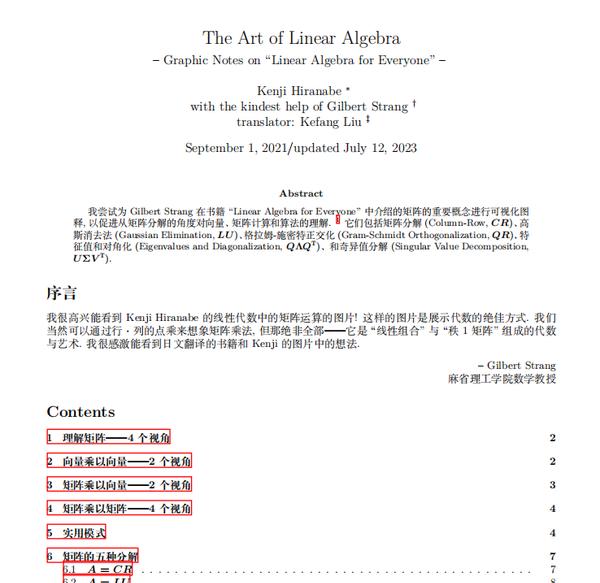Teaching Aid Books in Chinese Education
The debate over the merits of ‘Complete Guide to Textbooks’ (教材全解) in Chinese education reveals deeper tensions between different pedagogical approaches and learning methods in China’s educational system.

The discussion about teaching aid books, particularly the “Complete Guide to Textbooks” series in China, highlights a complex educational issue that transcends simple approval or disapproval. This widely-used supplementary material has become a focal point of debate among educators and parents in China’s educational landscape.
Many teachers, especially those teaching Chinese language and literature, express concerns about students' reliance on these guides. Their primary criticism stems from the belief that these materials may inhibit independent thinking and creative problem-solving. Teachers argue that true learning comes from discovering knowledge through guided exploration rather than mere memorization of pre-packaged answers.
However, the usefulness of these guides varies across different subjects and educational levels. In science subjects, for example, many parents find them invaluable because they provide structured summaries, key points, and practice materials that complement the more conceptual approach of standard textbooks. This is particularly relevant in China’s education system, where textbooks often focus on visual presentations without detailed explanations.
The historical context is significant. The “Complete Guide” series emerged in the 1990s when China’s educational publishing market was still developing. While these materials helped standardize supplementary education resources, they have been criticized for not evolving sufficiently with modern pedagogical approaches.
Modern educational philosophy emphasizes the importance of discovery-based learning, where students develop understanding through guided exploration rather than passive absorption of information. This approach contrasts with the traditional method of rote memorization that teaching aids sometimes encourage.
The effectiveness of these guides often depends on how they are used. When employed as reference materials rather than primary learning tools, they can support student understanding. However, over-reliance on these guides can indeed lead to mechanical learning approaches that bypass critical thinking development.
Some students have found success using these materials, particularly those from rural areas or regions with limited educational resources. These guides have served as valuable self-study tools, helping bridge educational gaps and providing structured learning support.
The core issue isn’t necessarily the materials themselves but rather how they fit into broader educational goals. The challenge lies in balancing the practical need for systematic review and exam preparation with the development of independent thinking and deeper understanding.
This debate reflects larger questions about China’s educational system: how to balance efficiency with creativity, standardization with individualization, and exam preparation with genuine learning. The varying perspectives on teaching aids illustrate the ongoing evolution of educational methods in modern China.